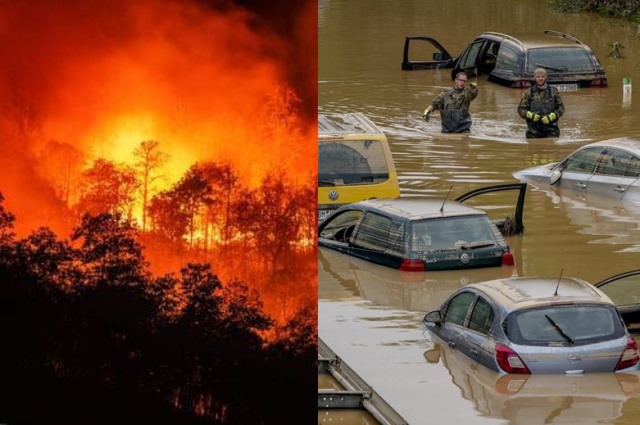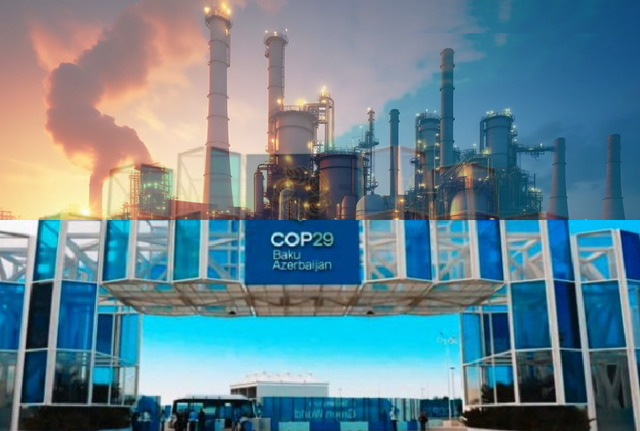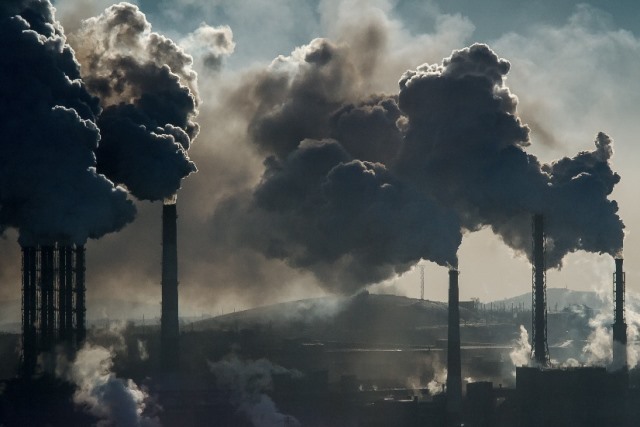The Ganga Action Plan was launched in 1985 raising hopes that the life of the holy river would be rid of all pollutants. Then again in 2014 the country had Namami Ganga Programme for effective abatement of pollution, conservation and rejuvenation of the national river. After all the money invested in achieving the objectives, we find to our disappointment that in the downstream in many parts of the river, which originates in Gangotri glacier in the Himalayas and after flowing through India and Bangladesh ends in the Bay of Bengal, remains almost as polluted as the Chao Phraya of Thailand.
For matter of record, not only many of the rivers and other water bodies in Asia and Africa have health damaging water, the Seine which flows through Paris raised global concern about the river’s water quality during last year’s summer Olympics. But is there any other major capital city in the world beside Delhi where the air quality is gravely poor and the river Yamuna, the source of drinking water remains dangerously polluted?
One doesn’t have to be empowered by knowledge of science to feel and see the deterioration of environment all round. The recent wildfires in California that once again destroyed properties worth in multiple of millions and caused untold miseries and the floods that periodically visit many parts of the world, including Bangladesh and India have got much to do with the irresponsible way that we continue to live. Natural disasters, the frequency and severity of which continue to rise, are a way our planet is taking its revenge.
In an insightful discussion, Amitav Ghosh, whose oeuvre includes Hungry Tide and Ibis trilogy (Sea of Poppies, River of Smoke and Flood of Fire) and to which now is added Wild Fictions, makes a rueful admission to Paromita Sen of The Telegraph: “Look the world we knew is clearly coming to an end… But that doesn’t mean the end of the world per se. We are actually faced with the task of creating a new kind of world that we can fruitfully inhabit… My generation, I’m sorry to say, we consumed the world. And the next generation is the one that will have to try and find ways to inhabit the new world in a productive way.” Human avarice and unbalanced development over decades have left deep scars on the environment.
Citizens everywhere are seeing planetary crisis manifesting itself in many ways such as wildfires, uneven monsoon leading to extreme wet or dry season, landslides, volcanic eruptions, earthquakes and desertification. Last year was the warmest in a multi-dataset record of global temperature going back to 1850. The global average temperature of 15.10 degree centigrade was 0.12 degree centigrade higher than the previous highest annual value in 2023. The crisis remains unremitting. The January that we left behind was the warmest first month of the year ever recorded, according to the World Meteorological Organisation.
Ghosh is unequivocal that global temperature is rising “much faster, much faster” than expected. No question, we are paying the price this way because of our extravagance in using all kinds of resources and also the way most of these are produced violating environmental norms. Giving an example, Ghosh tells Sen: “One thing which is absolutely clear is that to get some kind of grip on the climate crisis, we have to reduce the use of fossil fuels. Instead, everywhere in the world, whether it be India or in the US, or in Norway, they are expanding fossil fuel explorations.” As this remains the case, the net result is higher and higher greenhouse gas emissions leading to degradation of environment.
Ironically, the discussion on damages being inflicted on the planet was held at a literary conclave hosted by the country’s largest fossil fuel group both in terms of output and market capitalisation. Which country does not know that burning of fossil fuels, be it coal or oil is bad for environment. The toxic gases such as carbon dioxide, sulfur dioxide and carbon monoxide that are released in the air in the process of extracting energy from coal by burning cause respiratory and lung diseases. Last year, India’s production of coal was 1,039.59 million tonnes, up 7.28 per cent over 2023.
ALSO READ: COP 29 – God’s Gift Comes With A Price
But routinely, our coal production falls short of requirements of standalone thermal power plants and captive power units of steel, aluminium and other industries and the deficit is made good by imports. We will be seeing the opening of many new coal mines both by government and private sector to achieve the official 2030 production target of 1.5 billion tonnes. Such targets are generally marked by misses, though.
The other day, the West Bengal government kicked off the development of a very large coal project at Deucha Pachami at Birbhum district. Holding one of the largest deposits of thermal coal, the project will claim an investment of over Rs35,000 crore, assuming there will be no time and cost slippages. The government claims that all clearances linked to environment are in place and adequate care will be taken to protect water bodies and forests. Besides environment, the challenge remains to fairly compensate the people who are asked to give up land and offer jobs to the locals.
Belying what the government has claimed in the case of Deucha Pachami, the launch of the project was marked by protests by people in surrounding areas. The concern of environmentalists goes beyond mine openings and extraction of coal to greenhouse gas emissions on its burning. Whatever concern Ghosh may have about use of fossil fuel and oil products, for a country like India where capacity for electricity, steel and aluminium is set to grow at a rapid rate, their burning at an ever-increasing rate is unavoidable. Indian growth rate in steel capacity till 2030 will likely be the highest in the world. China, groaning under pollution caused by metals and mining industries, has ordained capacity replacement in steel and aluminium will be allowed. But capacity expansion is a no-go area.
Ghosh makes the confession on his own behalf and on behalf of his scientist friends that they know “very little about the workings of the planet,” for what impacts the scientists had “predicted for 20-30 years ahead are unfolding today.” Is there not a myth about science that it is the foundation for policymaking in the context of climate crisis? In policy formulation relating to environment so many factors come into play – lobbying and counter-lobbying – and then, as Ghosh says, “it has to be filtered through a political system and by the time the policy emerges, it is often completely confused.” We have seen how irresponsible mining – many will say slaughter mining – of iron ore in Goa and Karnataka in violation of environmental norms went on for years till the Supreme Court was constrained to keep the mines shut pending ore extraction was scientifically organized and lease renewals were done strictly according to rules. Bad mining and industrial practices cause a lot of harm to the environment.
For example, in the process of world steel industry annually making around 1.9 billion tonnes of metal it accounts for about 9 per cent global greenhouse gas emissions (GHGE). Steel has the dubious distinction of being the most carbon-emitting sector among heavy industries. Aluminium has a 2 per cent share of global GHGE. But the biggest culprit in doing damage to the environment remains the burning of fossil fuels for electricity, heat and transportation.



